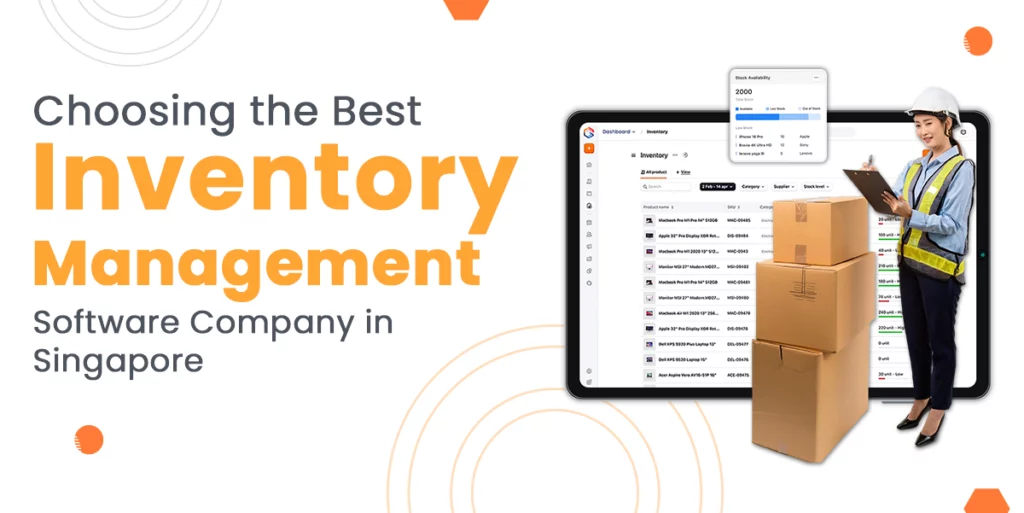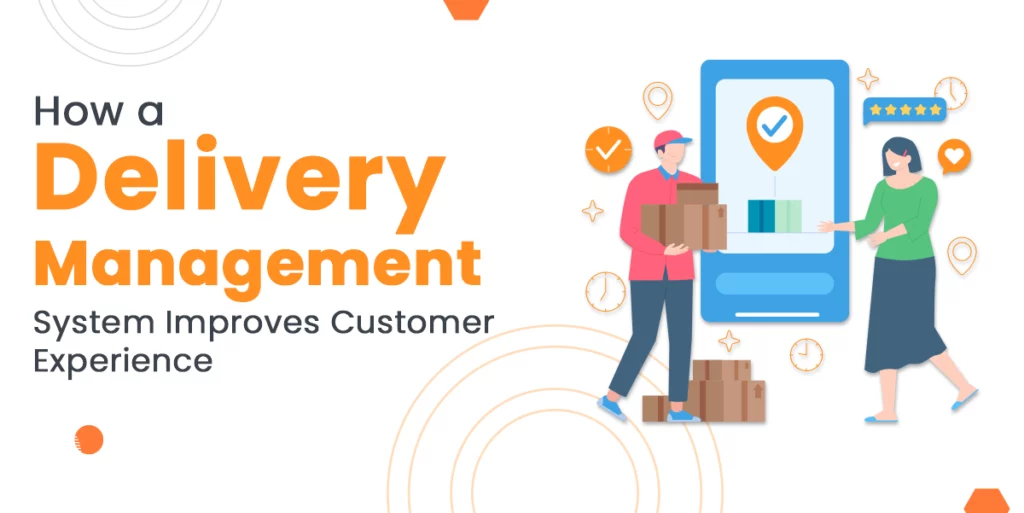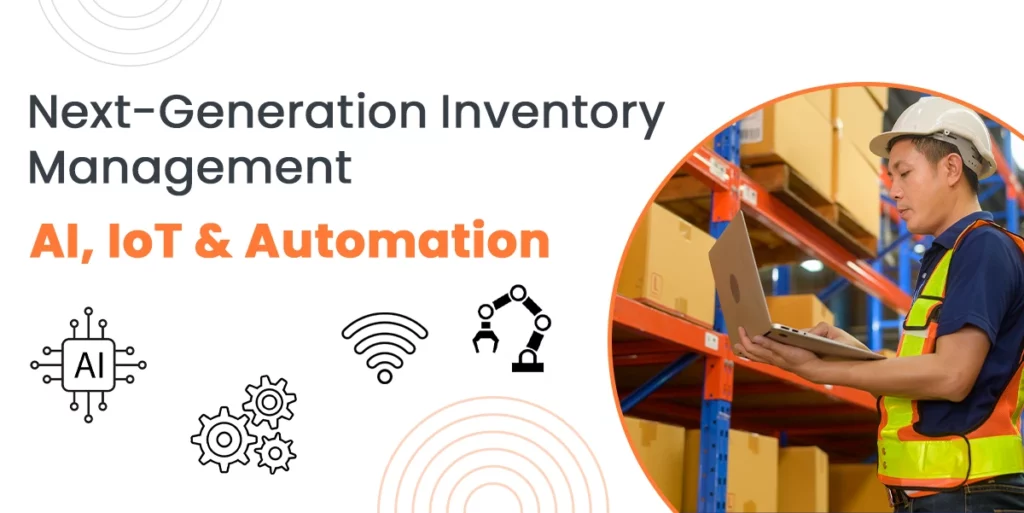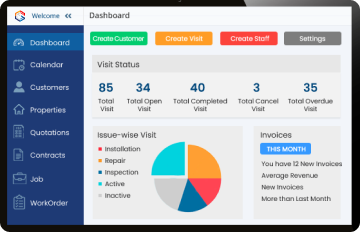The Software Development Life Cycle (SDLC) is a structured process followed by software engineers and developers to build high-quality, efficient, and scalable software.
It offers a clear outline through various steps like planning, analysis, design, development, testing, deployment, and maintenance, where every step is organised with clarity and purpose.
By following SDLC models, developers can minimise errors and develop software that meets both business requirements and customer expectations. Whether it’s a small app or an enterprise solution, the SDLC provides the foundation for successful software delivery.
Let’s learn about SDLC by understanding all phases as these SDLC cycles are followed by tech giants, and also learn various SDLC models and their benefits of the SDLC cycle too.
What is SDLC?
Software Development Lifecycle (SDLC) is a process that is used by software developers, engineers to design, develop, test, and deploy high-quality software. The SDLC follows a structured set of phases to ensure the software is more scalable, compatible, and meets quality standards.
The goal of the SDLC phases is to minimise errors and risks through proper planning, ensuring that the software meets the customer’s expectations.
Why is SDLC important?
The Software Development Lifecycle(SDLC) is a very important framework because it offers structure, improves project management, reduces risk, and optimises the final product. Here are some key points that define why SDLC is important in the industry:
- SDLC helps to catch issues in the initial phase instead of very late in the development cycle.
- It provides an actionable roadmap for the entire project.
- SDLC helps to utilise resources effectively, which leads to cost reduction.
What are the Phases of the Software Development Lifecycle(SDLC)?
After understanding the basics of SDLC and its importance, it’s time to learn about the software development process steps or phases, like how each phase of SDLC works, and so on. A software developer needs to have prior knowledge of this software development process. Let’s learn about the SDLC phases:
Phase 1: Planning and Requirement Gathering
In this phase, the development team connects with the client, stakeholders, internal and external customers to accumulate information like what problem the software will solve, who will use it, and how the software will interact with the user and other systems.
In this phase, the team estimates the cost and creates a schedule with details to achieve goals in each SDLC phase.
Phase 2: Analysis and Design Process
In this 2nd phase of SDLC, the software engineering team starts analysing the requirements and brainstorming to find the best way to create software.
After analysis, here is the design of the software that came into the picture. During this phase, the team creates a blueprint where they outline how the system will operate or work.
It involves high-level architecture and extensive design specifications with user interface design to make sure the software is user-friendly and easily compatible with existing products
Phase 3: Implementation
After creating the design, the implementation phase comes in, where the design of the software is practically implemented by engineers.
In this phase engineer uses programming skills to code the software and follows the best practices to make sure the software is efficient, scalable, and easily manageable.
There are various programming language that exists and are adopted according to the requirements of the product. This phase is also called the development Phase.
Phase 4: Software Testing
When the implementation of the product is done, it is very important to test the software over various testing methods to ensure the software is ready to launch.
In this phase, the quality assurance team plays an important role by performing various types of testing methods, like unit, integration testing, system testing, and acceptance testing.
Developers use the test result and fix the error, send it back to the tester team to make sure the software passes all the tests and becomes efficient.
Phase 5: Deployment
Once the software passes all the tests, it comes to the deployment team to deploy the software to the real-world users.
Generally, the product is launched in a beta version for a limited number of users to get feedback from them and want to understand how people interact with the system, are they understand the User interface correctly. If everything is good, then the actual version is released to the public.
Phase 6: Maintenance
After the deployment of the software, the work is not done yet because continuous monitoring of the product is very important to address issues users are facing and add new updated features to the system so that users continue to use the software.
After reading about each phase, you have a clear idea about what is software engineering process is, how software is developed, and what things are considered for it.
What are the Models of the Software Development Lifecycle (SDLC)?
Every Software development has different needs, and different models are used in the SDLC phases. Let’s learn about the most important models below:
1. Waterfall
It is a model that arranges all the phases sequentially, and the outcome of the current phase depends on the previous phase. The waterfall model follows a linear approach where the current phase of SDLC should be completed before going to the next phase. This model is best for a small project where the roles and responsibilities are clearly defined.
2. Agile
Agile software development is a modern, highly flexible, and collaborative approach to the software development process. Agile works in short, iterative cycles called “sprints” where developers regularly make and release small and impactful changes.
3. DevOps model
DevOps simplifies development as well as deployment by bringing together software designers and IT operations teams. Its main focus is automating processes to boost effectiveness as well as the pace of software development.
The DevOps model is meant to provide a seamless process from development to production. This model is especially helpful in environments where regular updates are needed, and for projects that call for fast delivery and continuous deployment.
4. V-Mode
The V-Model is an enhanced version of the Waterfall model, but places a strong emphasis on validation and verification. For each development phase, there is a corresponding testing phase.
After requirements are gathered, the design and implementation phases are directly paired with testing activities to ensure that the software is verified at every step.
It’s ideal for projects where you can anticipate the entire system upfront and where rigorous testing is critical.
6. Spiral model
The Spiral model is an extremely flexible and iterative strategy that concentrates on risk management and iterative improvement of the software.
It includes elements from the Incremental and Waterfall models. This model is most suitable for complicated projects or projects with a high risk that call for regular refinements.
Its focus on flexibility as well as risk assessment is a plus, though it can also be costly because of continuous iteration and risk assessment.
7. Big Bang model
The Big Bang model is most likely the least structured and is usually viewed as risky. Developers start with minimal planning and immediately jump into programming, continuing to create the product till it’s completed.
Development begins with no detailed plan, and developers continue adding features as they go along. Testing will frequently occur at the end of the process, and frequent modifications will happen.
It’s ideal for small projects or experimental software with few requirements. Its speed and flexibility to start are its benefits, but it is also extremely unpredictable and has a tremendous risk of failure because of a lack of planning.
8. Incremental model
The Incremental model focuses on breaking down the project into smaller and more manageable parts. The software is developed in increments, with each increment adding more functionality until the full system is delivered.
After the initial planning phase, the development team releases small, functional portions of the software one at a time.
It’s ideal for small projects or experimental software with few requirements. Its speed and flexibility to start are its benefits, but it is also extremely unpredictable and has a tremendous risk of failure because of a lack of planning.
Also Read: Emerging Software Development Trends for 2026
Difference Between Agile vs Waterfall
You have a basic understanding of what Agile and Waterfall models are by reading the above section. Now let’s understand the difference as below:
| Agile Model | Waterfall Model |
|---|---|
| It supports an iterative and incremental approach which involves a continuous cycle of planning, development deployment. | While waterfall models support Linear and sequential, where each phase is completed before going to the next phase. |
| It is useful in large and complex projects. | It is helpful in small project development. |
| Agile is cost-effective | Agile is expensive |
| Best for the project with uncertain or changing requirements | Best for the project with clearly defined and stable requirements |
Benefits of SDLC
Let’s understand how following the SDLC helps us to achieve more results and
1. Predictable Outcomes
The well-structured phases of SDLC, like Planning, Designing, Implementation, Testing and more, define a clear roadmap which increases the transparency and predictability for all stakeholders.
2. Efficient resource management
SDLC methodologies help to estimate the resources for each phase, such as budget, tools, during the phase helps to prevent the shortage of resources and ensures the project stays on track under budget.
3. Cost-Effective
SDLC saves money and time by avoiding errors in the beginning and minimising rework later on. The correct planning and testing will make sure the project remains on budget and prevent big mistakes made during or even after development.
4. Improves Product Quality
For evaluation and review, the SDLC consists of dedicated stages. This will make sure that any bugs are discovered before the release, and any features that are lacking are found. The final software is therefore more secure, stable, and much more user-friendly.
5. Enhances Communication
It enhances the interaction between programmers, managers, testers, and clients. Everyone understands the project scope, timelines, and expectations thanks to clear documentation and regular check-ins at each stage.
Conclusion
The Software Development Life Cycle is more than just a sequence of steps, as it’s a strategic framework that transforms ideas into working software. By following SDLC, teams gain better control over cost, timelines, and quality. It encourages collaboration, risk mitigation, and efficient resource use across all project phases.
With multiple models to choose from, like Agile for flexibility or Waterfall for structure, SDLC adapts to project needs, ensuring smoother execution. It also fosters transparency and predictability, helping stakeholders stay aligned from start to finish.
Ultimately, SDLC empowers organisations to deliver software that not only functions well but also aligns with user expectations and market demands which making it an essential practice in the modern software industry.








